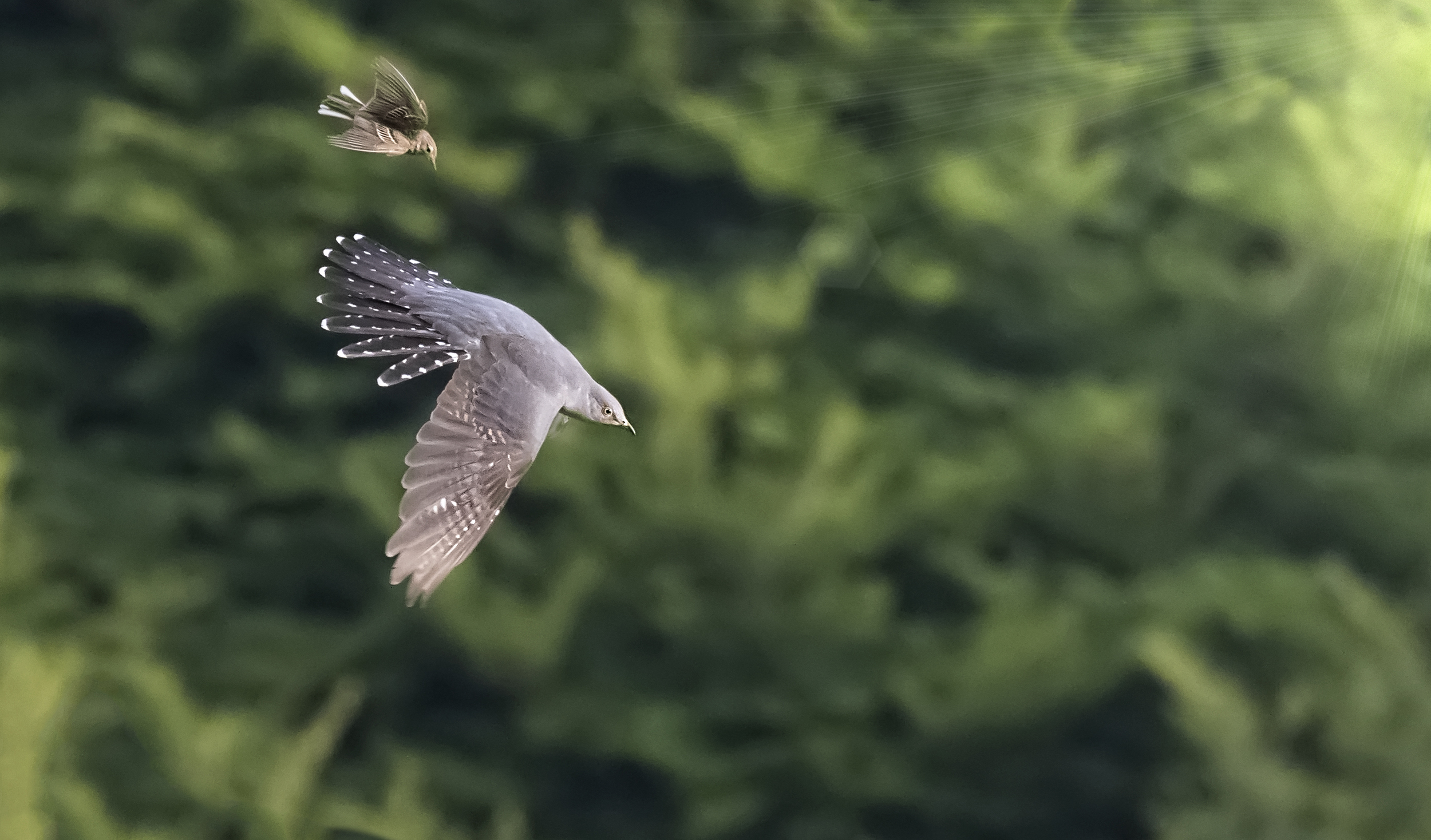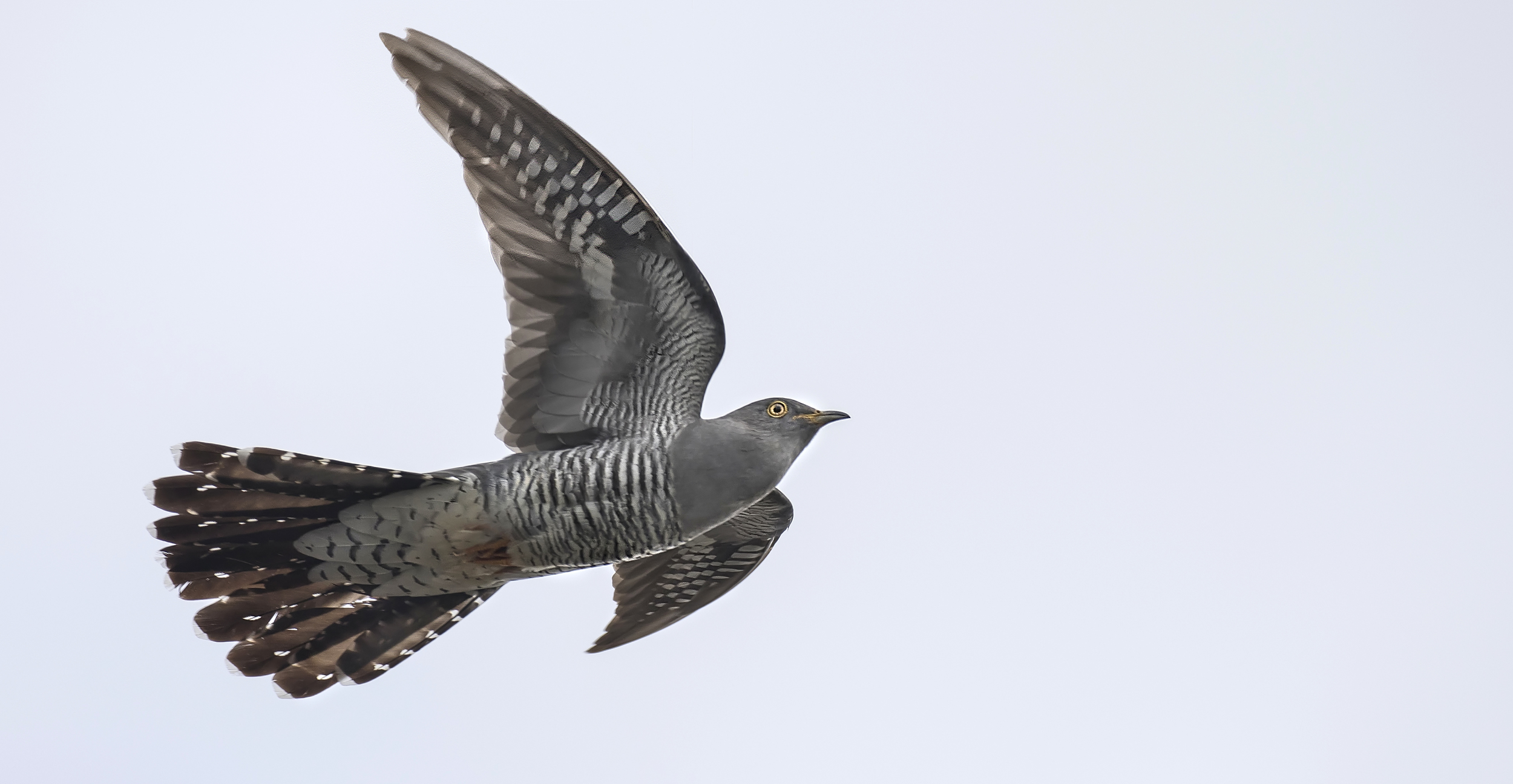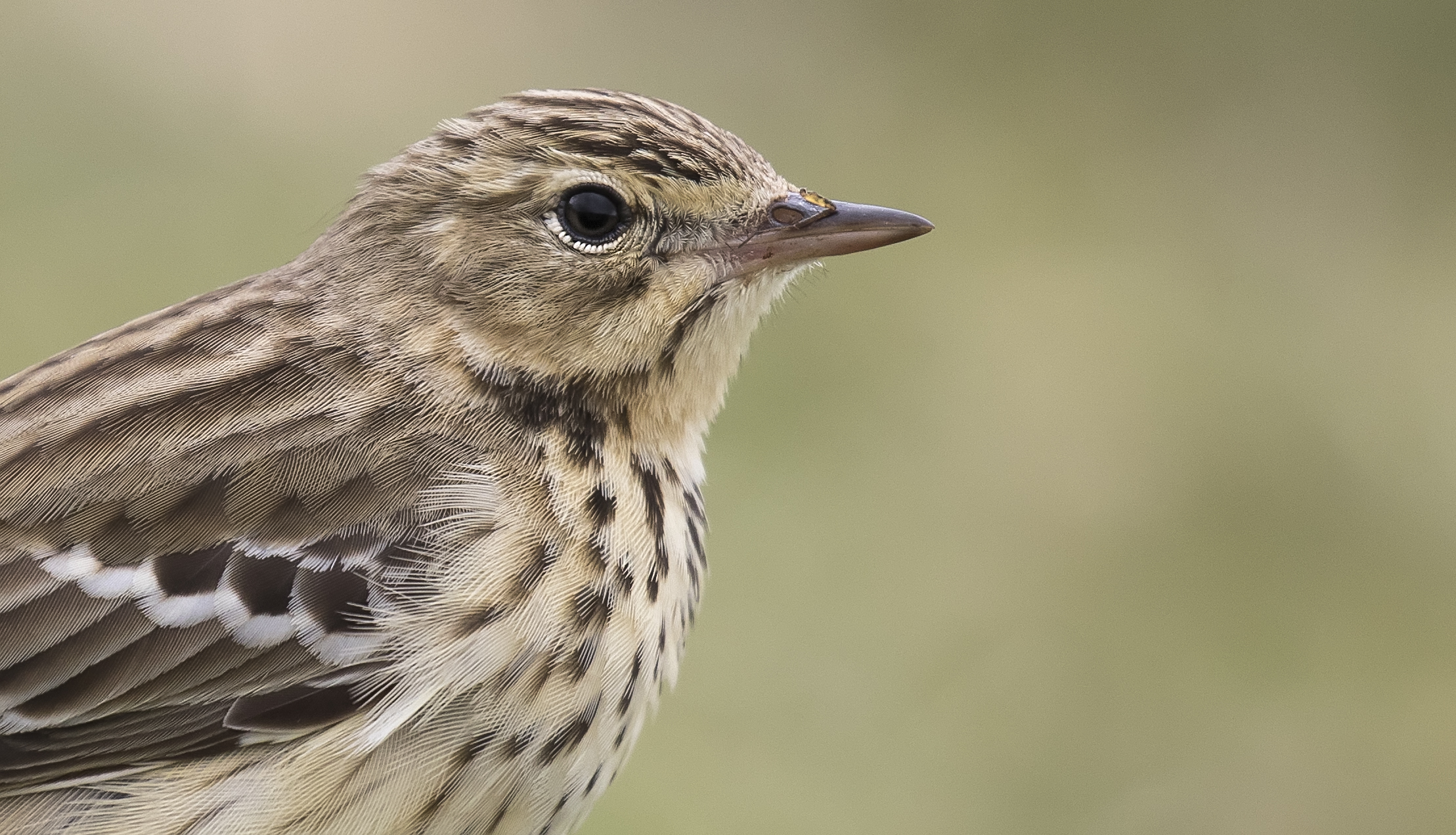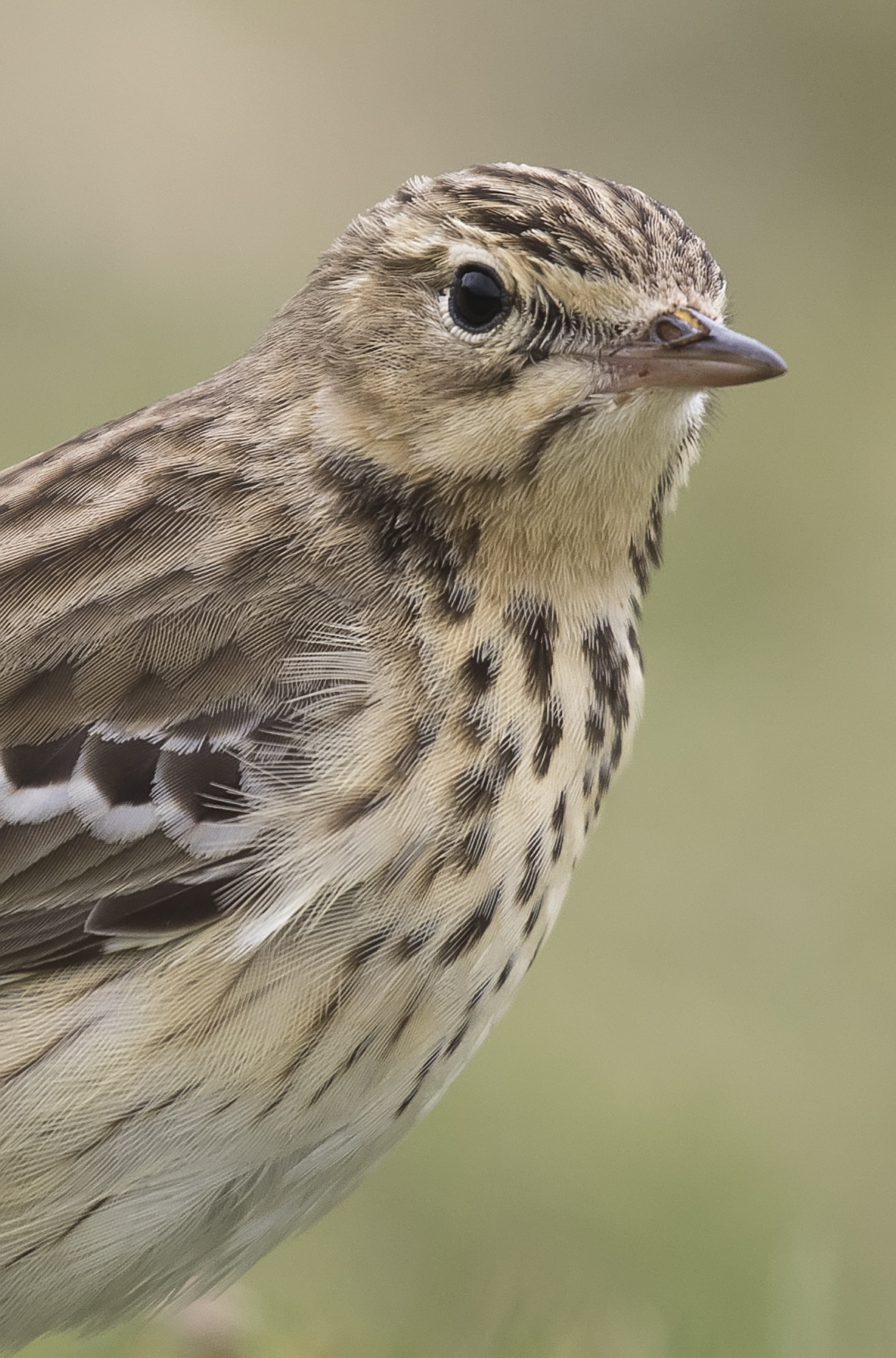I hope you’re all still hanging on in there. I do feel we’re slowly starting to come out the other end of this pandemic (for now). It certainly feels that way with way more cars on the road with people finding ways of getting back to work. I know it’s tough staying indoors, especially in this beautiful weather. I’m very lucky to have local access to so much wildlife and to be able to still do my surveying jobs around the Gwent Levels and a few semi-upland sites. As you know I’m self-employed and this as my full-time Job. It was tough to get where I am now and it’s times like this that make it all the worth-while. If like me; you require time outdoors with nature, for the sake of your mental health, maybe this experience will make you consider pursuing the Job you’ve always wanted? I’m a firm believer that there’s always some good that comes from bad experiences but we do need to exploit every opportunity we get. Maybe this is it?
Either way, If you can’t get out, I hope in sharing my outdoor experiences with you, it can somewhat transport you as if you were right there with me when it all happened. Pictures help, but I believe sound alone is the best way to do this, which is why I’ve done plenty of sound recording this year.
Here are some pre-dawn surveys this week on the Gwent Levels. The winds have changed to southerly in the last couple days so we’ve been seeing either mist or rain throughout the night as weather systems change.
The sound of the waves this morning was therapeutic and I can see why so many people are drawn to the ocean when the weather is nice. It’s not just about the beach, there’s a reason why people come from the beach feeling enriched. The sound of water does magical things to us, as does birdsong.
Sound
For those who haven’t heard a cuckoo, now’s your time. If you’re within walking distance to upland sites or the gwent levels, you might just catch a few at dawn or dusk. If you don’t have access, here’s my best recording yet of this male who specialises in lowland species, so probably looking for Dunnocks or Reed Warbler nests for the female to lay her egg in.
Another iconic sound of the lowland and a sound that can be heard over two miles away, is this incredible bellowing Bittern. I actually picked this bird up during a survey which I’m sure was more than two miles away but with the right wind conditions and the aid of my parabolic dish, I was able to hear it on the wind. The problem is the closer you get with a parabola, the less you seem to hear of a bittern as the dish itself only amplifies soundwaves than are smaller than it’s circumference, so low frequencies won’t be amplified. For this recording, I had to use a shotgun mic and some clever trickery in post edit to amplify the sound.
I’ve added some more birds to my sound-video list, two you’ll encounter quite a lot in and around your home. Wren and Dunnock have mastered all types of habitat, lowland or upland. A less common species though and an under-recorded species is this Lesser Whitethroat. Under-recorded as they are rarely seen due to their hedgerow antics, but also perhaps because people aren’t familiar with their song? If so, take a listen. That iconic sound at the end of each phrase is called ‘rattling’ and there isn’t really any other species I can think of that rattlings quite like this.
Another two lowland reed and hedge specialist in the form of a Cetti’s Warbler and Reed Bunting.
I appreciate there’s a lot of media here! I don’t expect you to listen to all of these files. It’s like 6 blogs all packed into one and I wish I could spend more time talking about each one as there’s some truly magical moments here. I recorded my first Roding Woodcock, a real close encounter with a Tawny Owl on a night that was so quiet, you could hear burrowing insects in the trees and the sound of bat wings. (Future blog about those insects).
Garden List
I’ve added a few more species to my Garden list but I’ve also included some I’ve found on the gwent levels during surveys. I’ve added yet another species of Bee to my garden list in the form of a Megachile Sp which is a type of Leaf-cutter Bee. I’ve now also got plenty of Speckled Bush-crickets roaming around so that female I found last year clearly laid eggs in my fence panel. (they like dead wood). I can’t ever recall seeing a 24-spot ladybird before so this was a nice addition for me.
Nocmig
Wow, what a headache Nocmig has been at times! So much to learn, it’s actually fueled my passion for sound even more but also brings out my love for bio-acoustics, as half of these calls can’t be identified by ear alone, they need to be analysed for the length of the call, pitch, and modulations etc. I don’t even have the software to do this properly but luckily there are specialists out who do know these sounds and between me and Craig Constance, we’re bouncing off each other quite well so far… Even still we’ve both still got things wrong on occasion but that’s all part of Nocmig, you have to accept that there will be things you get wrong, or sounds you cannot identify. It’s all part of the mystery of the game which is why it’s so fascinating.
I’ve even got a few probables that I’m not quite sure with. Turnstone is distant but spectrograph looks pretty good for Turnstone. I’ve had multiple Spot-Fly type calls but I’m not confident at separating them for Pied Flycatcher yet but I should be able todo so with these alls as they were pretty clear. I just want somebody with more experience than I to confirm for me. The Sound Approach does have a good write-up on these species but I don’t have to software yet to measure length of calls.



































